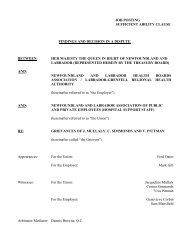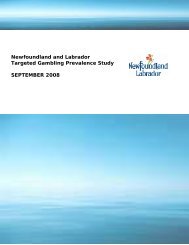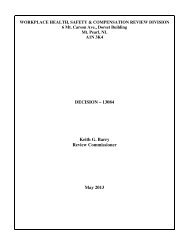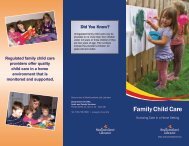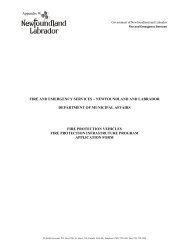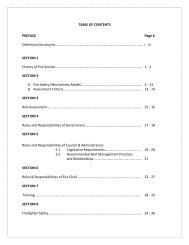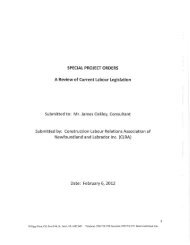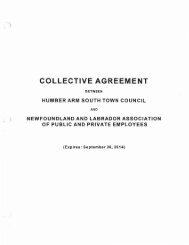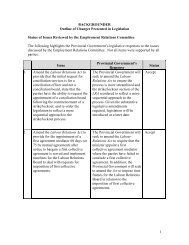Basic Level Pre-Course Reading
Basic Level Pre-Course Reading
Basic Level Pre-Course Reading
You also want an ePaper? Increase the reach of your titles
YUMPU automatically turns print PDFs into web optimized ePapers that Google loves.
Chapter 6<br />
Casualty Management<br />
Thinking Question<br />
Describe your local triage model (the system you will be using in your<br />
jurisdiction).<br />
6.1.2 Triage Procedures Involving (Potentially) Contaminated<br />
Casualties<br />
Triage usually begins when first responders arrive on-scene and it is evident that<br />
there are casualties. However, if contamination is suspected, Initial Triage<br />
should take place in the Hot Zone by specialty teams, who are equipped with<br />
PPE.<br />
An unprotected rescuer can begin treatment of a patient only when the<br />
appropriate decontamination measures have been undertaken; therefore, patient<br />
care may have to be delayed until the patient reaches the Cold Zone. Do not<br />
treat contaminated casualties without proper PPE.<br />
6.1.3 Procedures for Transporting Patients from CBRN Sites<br />
• Ideally, transport only decontaminated patients. If a contaminated patient is<br />
transported anywhere, the threat of spreading the contamination to other<br />
people, areas, and facilities may outweigh the benefits to the patient. The<br />
transport of patients who have undergone only Emergency Washdown is a<br />
risk-versus-benefit call.<br />
• Avoid transporting people with no symptoms to the hospital. In many<br />
jurisdictions, Public Health will be responsible for the disposition of these<br />
people.<br />
• Consider using public transit buses or school buses for shelter and transport,<br />
especially for minor injury (green-tagged) casualties. This will preserve<br />
ambulances for the more serious casualties. Paramedics assigned to the bus<br />
can provide ongoing assessment and care.<br />
6.2 First Aid<br />
6.2.1 Directed First Aid<br />
Directed first aid or “Bullhorn First Aid” as it is sometimes called, becomes<br />
necessary when casualties who are (potentially) contaminated cannot be<br />
approached or touched because they will pose a risk to responder safety. As<br />
well, crowd control and coaching will be necessary to prevent contaminated<br />
casualties from leaving the scene. In these situations, casualties may be<br />
directed to administer self-aid.<br />
CBRN First Responder Training Program<br />
54<br />
<strong>Basic</strong> <strong>Level</strong> <strong>Course</strong>



